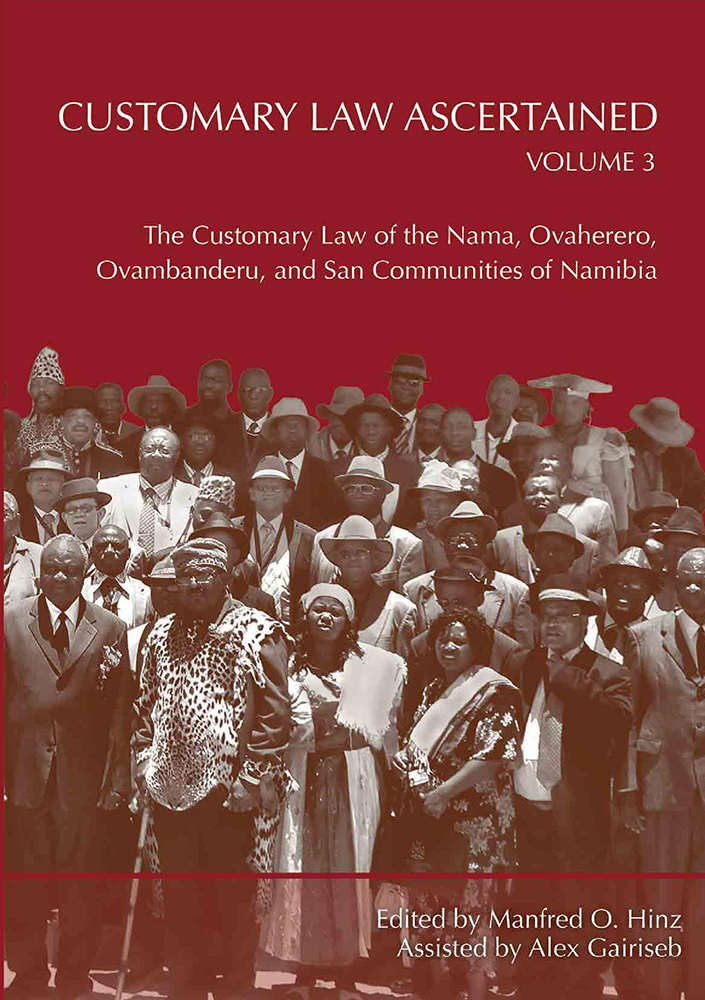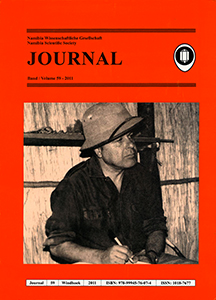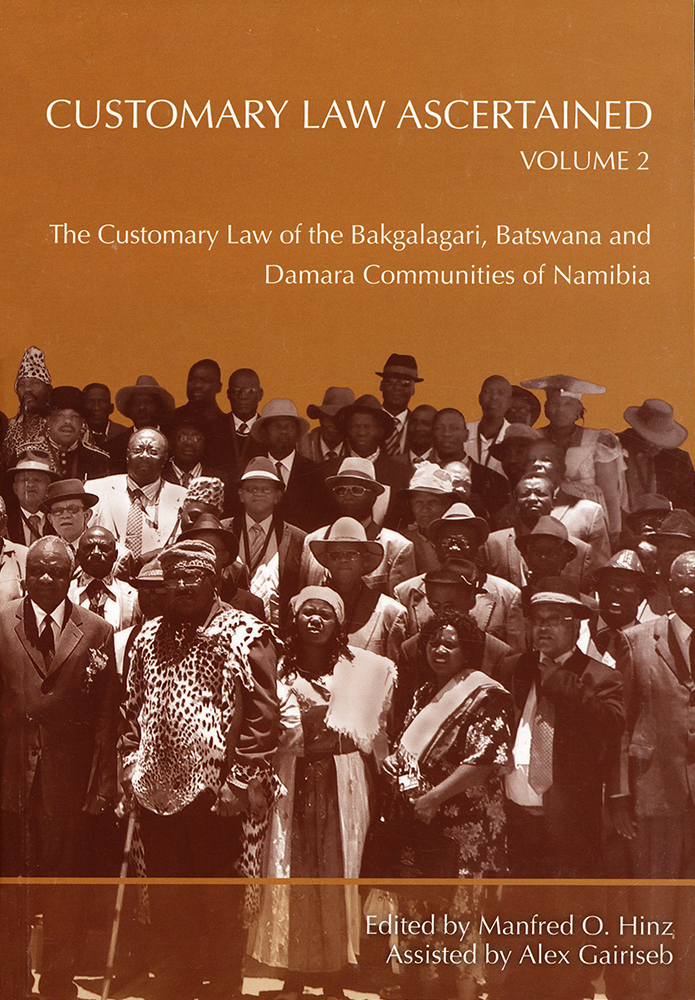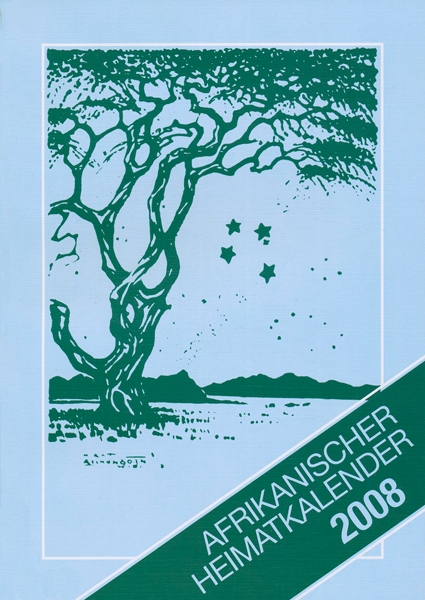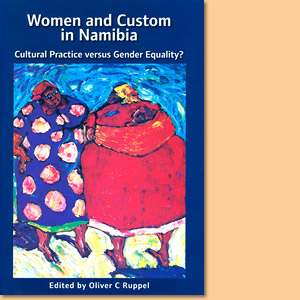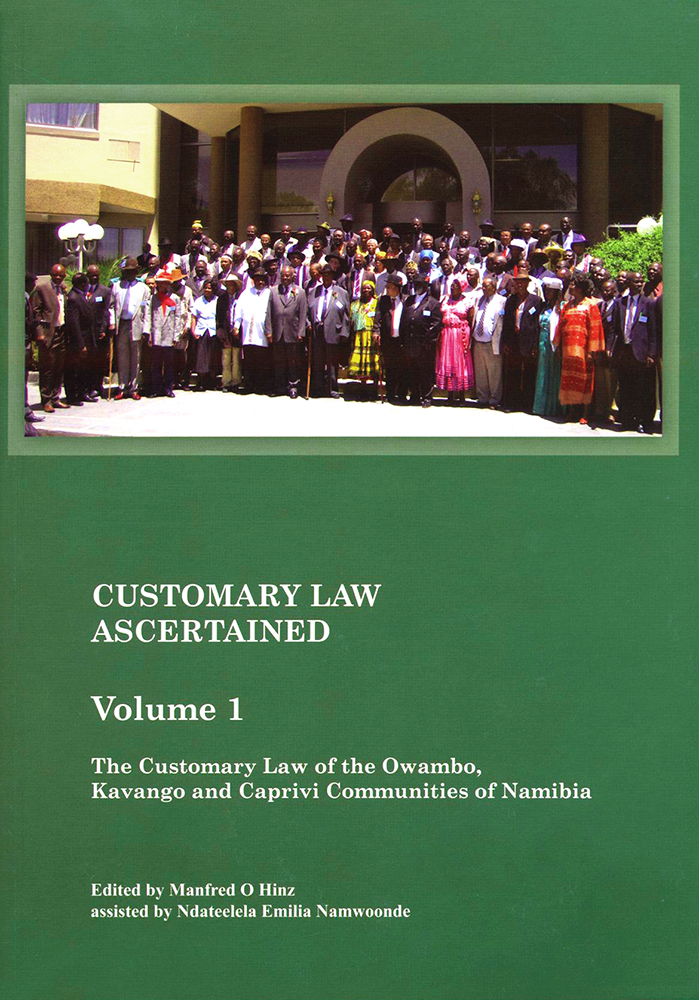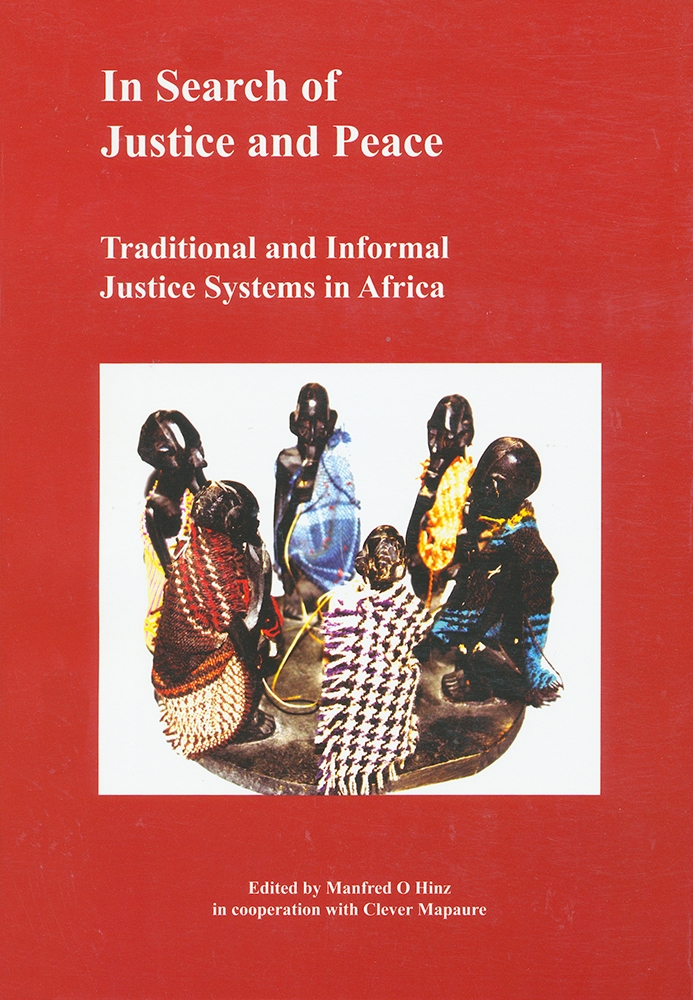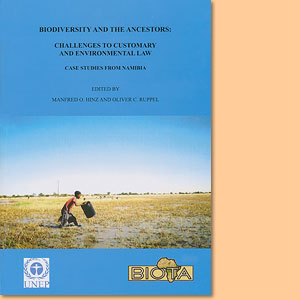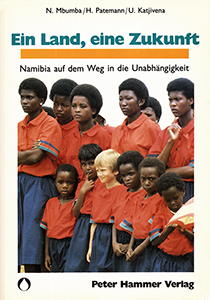Customary Law Ascertained (Vol 3): The Customary Law of the Nama, Ovaherero, Ovambanderu, and San Communities of Namibia, by Manfred O. Hinz
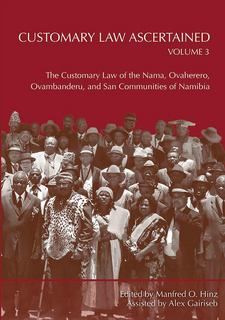
Customary Law Ascertained (Vol 3): The Customary Law of the Nama, Ovaherero, Ovambanderu, and San Communities of Namibia, by Manfred O. Hinz. University of Namibia Press. Windhoek, Namibia 2016. ISBN 9789991642123 / ISBN 978-99916-42-12-3
Customary Law Ascertained Volume 3 is the third of a three-volume series in which traditional authorities in Namibia present the customary laws of their communities. It contains the laws of the Nama, Ovaherero, Ovambanderu, and San communities.
The work ahead
The publication of the laws of the Nama, the Ovaherero, Ovambanderu and the San communities marks the end of the Customary Law Ascertainment Project. The project has been completed in the sense that the three volumes with the customary laws of Namibian traditional communities contain what was received from the various communities in accordance with agreements decided upon in the various meetings the Human Rights and Documentation Centre was able to organise over the past years. Most of the communities honoured the agreements and delivered what was expected from them. Some, for different reasons, have not. Nevertheless, and despite the gaps, what has been assembled in the three volumes of Customary law ascertained is extraordinary. It is extraordinary as the three volumes assemble a portfolio of customary law that Namibia has never seen before, and which has no match yet in any other African country. However, what is being presented by Customary law ascertained is certainly not the last word about customary law in Namibia. The communities will, of course, continue to develop their laws. Some communities meet regularly to decide on amendments to their laws. In particular, they meet to consult on changes to the value of the fines to be levied by the courts to remedy wrongs committed, or the so-called official price for one head of cattle, which is, to some extent, subject to changes in the market value of cattle. The unification of customary law by some of the Kavango communities45 may influence other clusters of communities to embark upon a similar process. Statutory changes by the Namibian parliament may provoke changes in customary law. Court decisions may have consequences for certain parts of customary law, as it was not the task of Customary Law Ascertainment Project to scrutinise the various pieces of customary law against existing statutes, including the Constitution of Namibia. Testing customary law against the Constitution and, in particular, the human rights in the Constitution to which customary law is subject is a very demanding undertaking which is left to the public discourse and, ultimately, to the competent courts. The publication of the laws as they were submitted to the Customary Law Ascertainment Project will also generate revision processes by the communities themselves. The drafters and experts of customary law of the various communities will take note of the laws of other communities, compare them with their own laws, and most probably suggest amendments for improvement. They will also pay attention to the wording of their laws, the texts in their indigenous languages and the translations of which quite a number were done by the Project. We realised that there were some almost unsolvable language problems in certain instances. We hope that the English translations are as true as possible to the original texts, although it has to be noted that the indigenous language terms for certain legal concepts do not always express the same as the English concepts used.46 Only further discussions, interpretations, applications and cases brought to the state courts will help to clarify any complexities. We were also very reluctant to make changes in the texts submitted to us. We changed, for example, the use of tribal into traditional and tribe into traditional community or just community. We did not alter references to headmen or senior headmen although these terms have not been kept in the language of the law-maker, i.e the language of the Traditional Authorities Act. [...]
This is an excerpt from Customary Law Ascertained (Vol 3): The Customary Law of the Nama, Ovaherero, Ovambanderu, and San Communities of Namibia.
Customary Law Ascertained (Vol 3)
Subtitle: The Customary Law of the Nama, Ovaherero, Ovambanderu, and San Communities of Namibia
Editor: Manfred O. Hinz
Series: Customary Law Ascertained
Publisher: University of Namibia
Windhoek, Namibia 2016
ISBN 9789991642123 / ISBN 978-99916-42-12-3
Softcover 17 x 24 cm, 588 pages
Hinz, Manfred O. im Namibiana-Buchangebot
Customary Law Ascertained (Vol 3): The Customary Law of the Nama, Ovaherero, Ovambanderu, and San Communities of Namibia
Customary Law Ascertained Volume 3 presents the customary laws the Nama, Ovaherero, Ovambanderu, and San communities of Namibia.
Journal 59-2011 (Namibia Wissenschaftliche Gesellschaft)
Dies ist die 59. Ausgabe des Journals der Namibia Wissenschaftlichen Gesellschaft von 2011.
Customary Law Ascertained (Vol 2): The Customary Law of the Bakgalagari, Batswana and Damara Communities of Namibia
Customary Law Ascertained (Vol 2) is the second of a three volume series in which traditional authorities in Namibia present the customary laws of the Bakgalagari, Batswana and Damara communities.
Afrikanischer Heimatkalender 2008
Afrikanischer Heimatkalender 2008: Seit 1930 Botschafter christlicher Werte in Namibia, mit vielen interessanten landeskundlichen, geschichtlichen, politischen und kulturellen Beiträgen.
Knowledge lives in the lake. Case studies in environmental and customary law from southern Africa
Knowledge lives in the lake: Case studies in environmental and customary law from southern Africa presents research within the framework of the international Biodiversity Monitoring Transect Analysis in Africa (BIOTA) Project.
Women and custom in Namibia
Is so called cultural practice surpressing gender equality in Namibia? The study Women and custom in Namibia seeks for answers and perspectives.
The customary law of the Owambo, Kavango and Caprivi Communities of Namibia
The customary laws of the Owambo, Kavango and Caprivi communities of Namibia were neglected during the past.
In search of Justice and Peace. Traditional and Informal Justice in Africa
In search of Justice and Peace introduces traditional and informal justice in various parts of Africa to secure justice and peace at the local level.
Biodiversity and the Ancestors. Challenges to Customary and environmental law case studies from Namibia
Spans an arc between legislative efforts on regional, national and local levels and traditional ways of maintaining the environment in Namibia
Ein Land, eine Zukunft. Namibia auf dem Weg in die Unabhängigkeit
'Ein Land, eine Zukunft. Namibia auf dem Weg in die Unabhängigkeit' will mit zahlreichen Beiträgen über Ideologie und Praxis des Kolonialsystems in Namibia sowie über politische und gesellschaftliche Utopien und Alternativen informieren.

